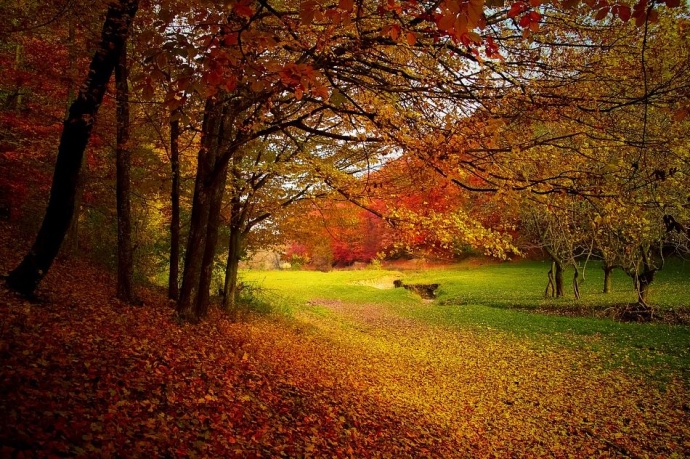Spring is the season that most people get excited about caring for their lawns and gardens. As the days get longer and warmer gardeners dream of lush green lawns and blooming plants. Spring is a great time to get enthusiastic about gardening but autumn is the best time to fertilize lawns and gardens.

Autumn is the season when we stop thinking about lawn care for the year. As well as mulching beds and raking leaves, it is important to think about providing fertilizer from a company like Nature Safe as well. It is in this resting season that fertilizing becomes the most important thing you can do to get ready for the spring season you are looking forward to.
What Fertilizer Does for Lawns
Most commercial fertilizers contain three major nutrients, nitrogen, phosphorus and potash. These are represented by the three numbers on the packaging. The first number is the percentage of nitrogen, the second the percentage of potassium, and the third is the percentage of potash. When fertilizing lawns, the nitrogen in the product will help create greener and lusher growth, whereas the potassium and potash help the plant’s root system and boost disease resistance.
When to Apply Fertilizer
Lawns can benefit from an early fall dose of a fertilizer with a higher nitrogen content. Many lawn grasses go dormant in the heat of summer. Fertilizing in late August can give a nitrogen boost to grasses that are rejuvenated by the cooler fall temperatures. Kentucky bluegrass lawns and rye grass lawns do well in early to mid-fall with a nitrogen boost applied just after the dormant stages.
Fertilizing in late fall gives the plant a twofold push for better growth patterns. Applying a fertilizer at a 20-20-20 ratio after you rake your leaves in November is ideal. Using a fertilizer with phosphorous in the fall helps the roots system continue to grow. Stronger, deeper roots survive winter’s cold and the stress of thaws and freezes with less damage to the plant. The potassium that’s present in most commercial fertilizers helps the plants promote healthy cells and boost disease resistance. Offering doses of phosphorous and potassium in the fall can create a lawn better able to resist common diseases and pests.
Organic Fertilizers
Many gardeners like to apply doses of slow release nitrogen and fertilizers that are rich in trace minerals to lawns in late fall as well. These will slowly break down and release over the winter, making the nutrients available to the plant in early spring when warmer temperatures bring the plants out of dormant stages. Organic fertilizers need time to break down before the nutrients become available to the plant, so applying these heavily in late December gives the organic material time to decompose and release minerals and nutrients.
Plan to make a fall fertilization schedule a regular part of your yearly lawn care. It’s a satisfying and productive way to round out the year, and put your lawn to rest for the winter with the best chance of coming back better than ever for spring.

